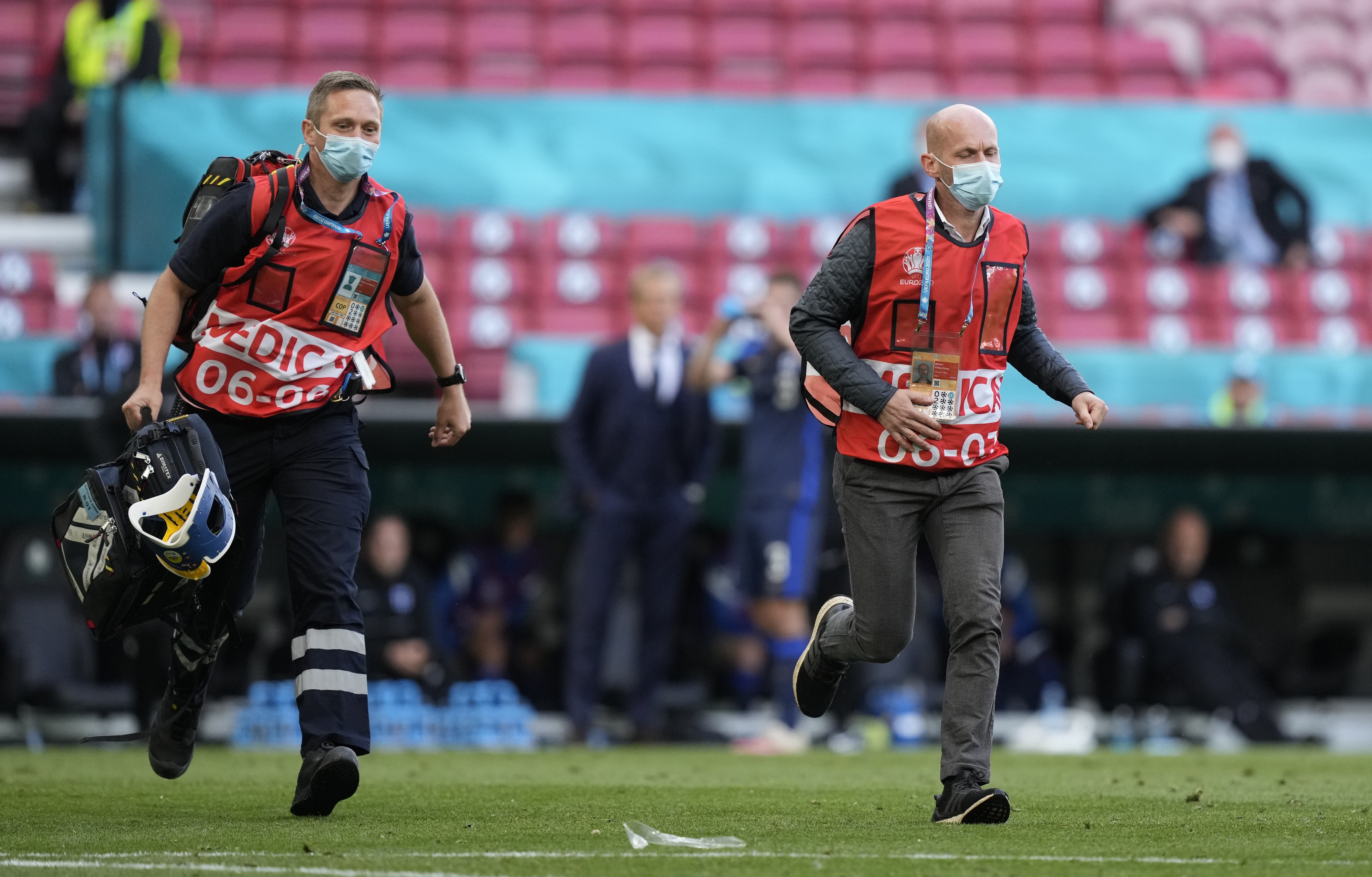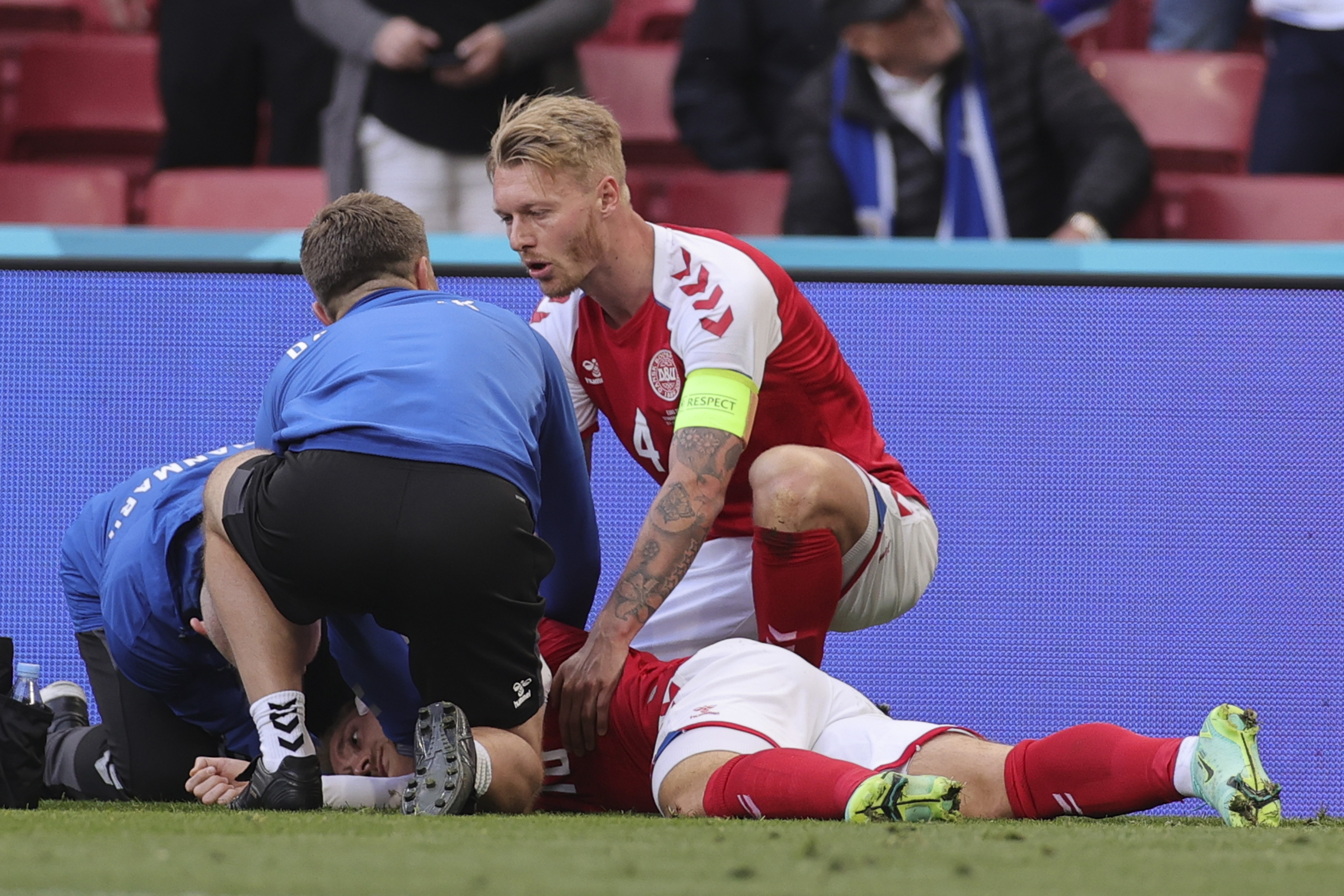What are Euro 2020’s medical protocols?

Christian Eriksen’s cardiac arrest during Denmark’s Euro 2020 match against Finland on Saturday has thrown the spotlight on the tournament’s medical provisions.
Here, the PA news agency looks at the protocols which are in place.
What sort of checks do players undergo?
❤️ Get well soon, Christian. pic.twitter.com/FnII8gRX89— UEFA (@UEFA) June 12, 2021
Any player competing in Euro 2020 must have their medical record updated annually, including the results of any cardiological examinations, under Article 4.01 of UEFA’s medical regulations.
They must also have undergone an annual general physical examination which would include checks on the heart for murmurs, arrhythmias and so on. An ECG (electrocardiogram) must be performed annually and an echocardiography every two years.
What equipment and personnel must be available?
Update regarding Christian Eriksen. pic.twitter.com/YuKD9hS9LV— DBU – En Del Af Noget Større (@DBUfodbold) June 13, 2021
Article 10 sets out the pitchside medical equipment required on matchdays and the day before a game. This should include a defibrillator and cardiac life-saving drugs, for instance cardiac stimulants and anti-arrhythmic drugs.
The best features, fun and footballing quizzes, straight to your inbox every week.
What about paramedics and ambulances?

At least one advanced life support ambulance, staffed by at least one paramedic, must be present at the stadium on a match day for the sole use of players, team officials, the referee team and match officers.
It must be situated to allow quick exit from the pitch area and be in place 90 minutes before a match starts and for one hour afterwards. On the day before a game, it must be in place half an hour before the first training session and remain until half an hour after the last one.
The responsibility to provide this lies with the host association.
Are other medical staff present?

A pitchside emergency doctor, with a good command of English, must be present, as must one stretcher team. The emergency doctor acts as the medical co-ordinator for the stadium.
The doctor can be the host team’s doctor, and the stretcher team must also be first aid-qualified.
How does UEFA ensure the correct provisions are in place?

The match delegate must be sent details at least two weeks before a match, including the emergency doctor’s mobile number, a map indicating the location of the ambulance, the exit point and the location of the medical room within the venue.
